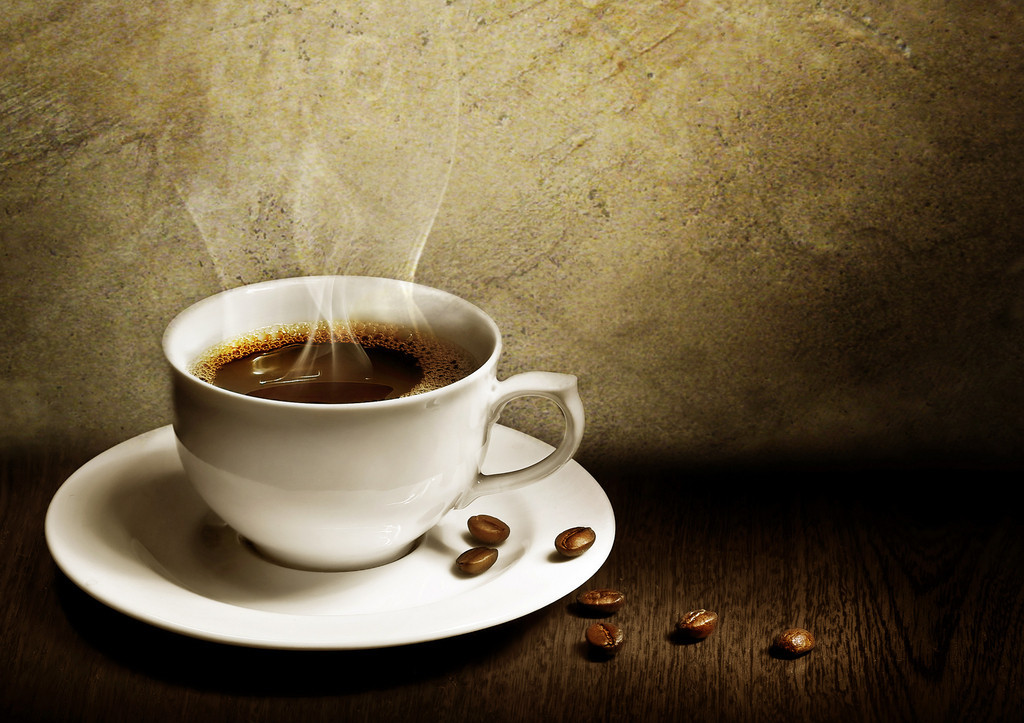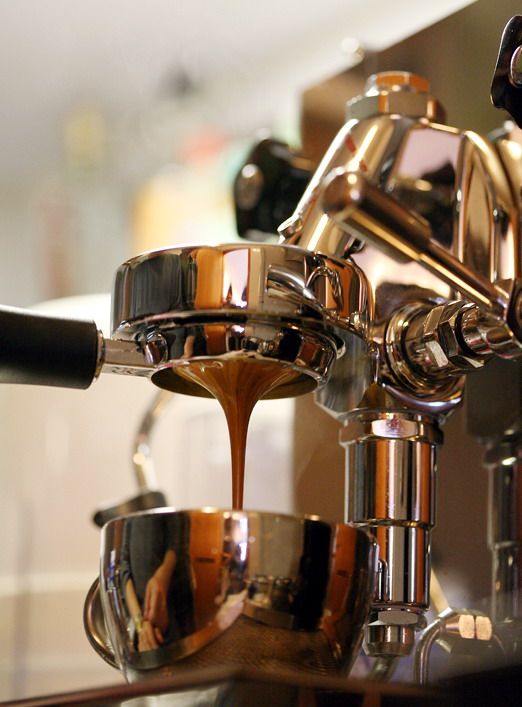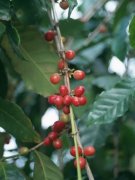Name and introduction of Italian Coffee
Espresso is famous in the world. When you travel to Italy, you must have a taste of Italian coffee. Fortunately, Italian coffee is a national necessity, the price is not expensive. There are clearly marked prices in most cafes, but as a reminder, it's cheaper to drink standing up than sitting down. There is also coffee on the street coffee automatic receiving machine, the quality is also very good, the following translation of common coffee Italian name and introduction, you can choose according to your own preferences.

Orzo espresso or cappuccino d'orzo: very mellow barley espresso or cappuccino is highly recommended. Many Italians will use this instead of coffee for children or people who don't like caffeine. It is baked from barley cereals and has the same aroma as coffee. It can be said to be a substitute for coffee. Now there is also a mocha pot for barley coffee!
Caffe this is a small cup of espresso, it is recommended to try it, the coffee is strong, add 1-2 tablespoons of sugar into it, it is very palatable!
Caffe doppio: two espresso super espresso
Caffe lungo: an espresso with lots of hot water
Caffe americano: it's also lighter coffee. If you want to add milk, ask your boss to add Latte.
Caffe latte: you can't just say Latte to order latte in Italy, otherwise you will only bring a cup of milk. Say Caffe Latte Cappuccino or "cappuccio": the most popular cappuccino for breakfast, espresso with soaked milk. Don't order this after dinner. Italians will find it strange, it's too much milk.
Caffe macchiato: a small espresso with a little bit of milk. Macchiato means dirty stains. It gets its name because there are milk stains on the coffee.
Latte macchiato: it's what we usually call "naughty" coffee. What is different from Caffe macchiato is that it has more milk, and there is only one point of coffee, that is, milk coffee. If friends like "affordable and big bowls", you can order this.
Caffe corretto: espresso with a cup of grappa or other spirits
Caffe marocchino: increasingly popular coffee in Milan, espresso with cocoa and whipped cream
Caffe or cappuccino decaffeinato: decaffeinated coffee or cappuccino
Caffe or cappuccino Hag: Hag is a well-known decaf brand in Italy.
Caffe shakerato: the best iced coffee in summer. Since the opening of the first cafe in Venice in the 17th century, coffee has become one of the undisputed protagonists in Italian culture.

According to the Italian news agency ANSA, Italians drink 600 cups of coffee per person per year, ranking sixth in the world, behind the United States, Germany, France, Spain and Britain. In addition, the output of espresso coffee machine in Italy ranks first in the world.
The coffee culture in Europe has a long history, and Italy is the most popular coffee. However, the coffee we are talking about here is not world-famous instant coffee such as Nestl é and Maxwell. In their eyes, these "fast food" powders are not even coffee.
What kind of espresso do Italians drink? The territory of Italy is long and narrow, stretching from north to south to 1300km. Just as the roasting degree of coffee beans is different, espresso is also poles apart and ever-changing.
For example, the local espresso in Naples, located in the south of Italy, is about 20ml, which is stronger than that in the north. Like to enjoy strong, deep-roasted espresso, which is characteristic of the south. In addition, some coffee bars already add sugar when serving coffee to customers. Not only that, espresso is usually accompanied by sugar. Among them, the soluble fine sugar is the most common.
As for coffee cups, coffee bars mostly use small thick cups (demitasse cup) for espresso. It has good heat preservation and is very suitable for drinking espresso. However, some restaurants which are mainly dining may not use this kind of cup. Some will match the atmosphere of the whole store and use thinner ceramic cups.
Real Italian coffee not only pays attention to the choice of raw materials, grinding technology and coffee sets, but also brewing coffee has become a craft in Italy. Such a complex and delicate process has given birth to Italy's unique coffee culture and numerous types of coffee. The coffee that people often drink in Italy is distilled and has a strong flavor, similar to the espresso coffee of China's "Kungfu Tea". There is also dotted with milk foam, fragrant cappuccino. In addition, coffee with many other ingredients, such as chocolate, cream, wine and even whisky, is more common in Italy.
With such a wide variety of coffee, Italians naturally do not have too low requirements for coffee pots. If you walk into the kitchen of any Italian family, you can always see an octagonal, exquisitely made coffee pot about 30 centimeters high. This is the famous mocha pot, which makes exquisite mocha pots that can exert the aroma and romance of coffee to the extreme. At the same time, it is also an exquisite decoration. In addition to the popular coffee pot, there are also mocha pots decorated with various patterns and original designs. However, whatever the type, these mocha pots have one thing in common, that is, the coffee brewed with them is particularly fragrant.
Italians do not understand the prevalence of Starbucks in China, saying that it is coffee grounds with milk and sugar in the water! However, most people who have had espresso prefer this kind of espresso.
China Coffee Trading Network: www.gafei.com
Important Notice :
前街咖啡 FrontStreet Coffee has moved to new addredd:
FrontStreet Coffee Address: 315,Donghua East Road,GuangZhou
Tel:020 38364473
- Prev

Espresso's 5 identities
Espresso is Italian and means to cook for you immediately. The urge to drink coffee is expressed in words. In the eyes of those who play coffee, Espresso is no longer a simple espresso, it is a comprehensive coffee, a roasting method, a coffee brewing method, a cuisine, and a life identity.
- Next

Ethiopian Harald coffee flavor
Ethiopia is the first country in the world to grow coffee and maintain the oldest coffee culture, and it still maintains a very traditional and ancient coffee growing process.
Related
- How did the Salvadoran coffee industry develop in Central America?
- What exactly does the golden cup extraction of coffee mean?
- The Origin of Coffee flower
- [2023 Starbucks World Earth Day] there are more meaningful things besides free Starbucks coffee!
- What kind of coffee is there in Spain? 9 Flavors of Spanish Coffee
- Aromatic African coffee| Kenya's coffee culture and historical production area
- Liberica Coffee Bean knowledge: the characteristics of Liberian Coffee beans of the three original species of Coffee beans
- The origin and formula of Spanish latte introduces the taste characteristics of Bombon coffee in Valencia, Spain.
- How to adjust the solution of over-extracted coffee
- What is the tasting period of coffee beans? What is the period of coffee and beans? How should coffee wake up and raise beans?

